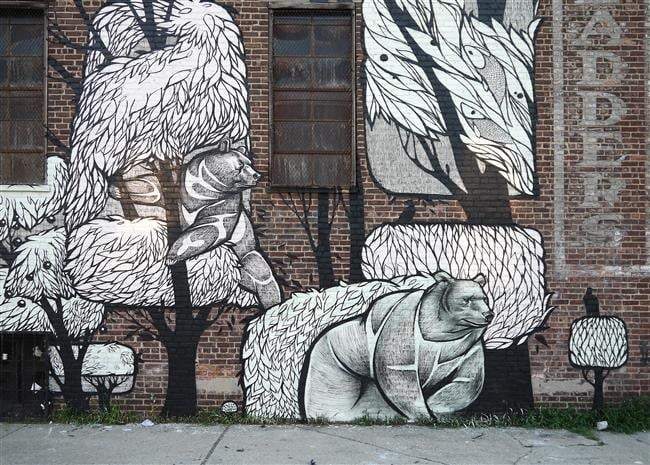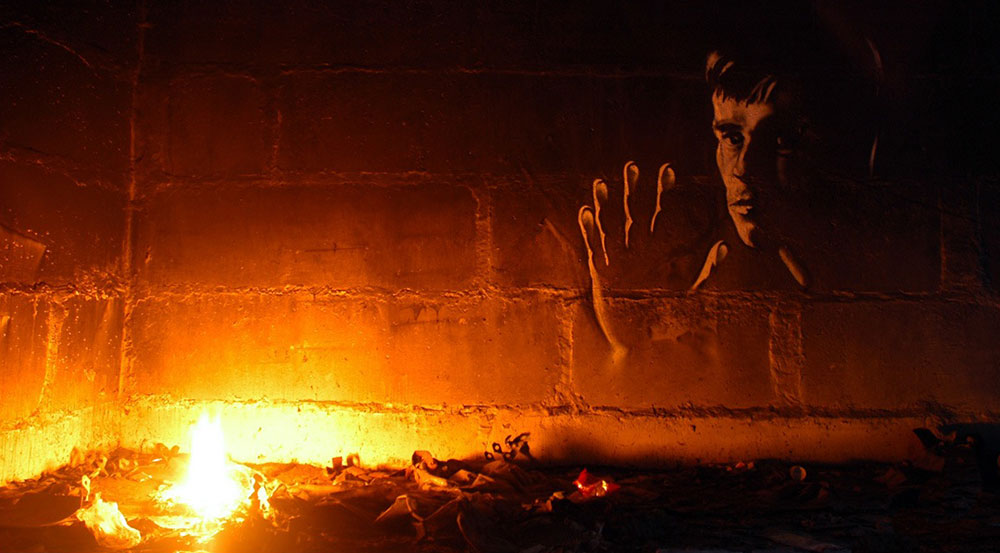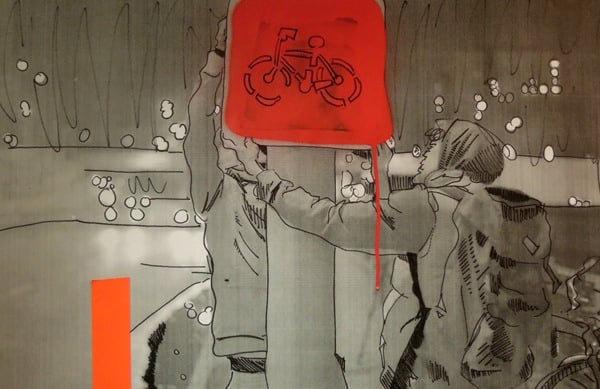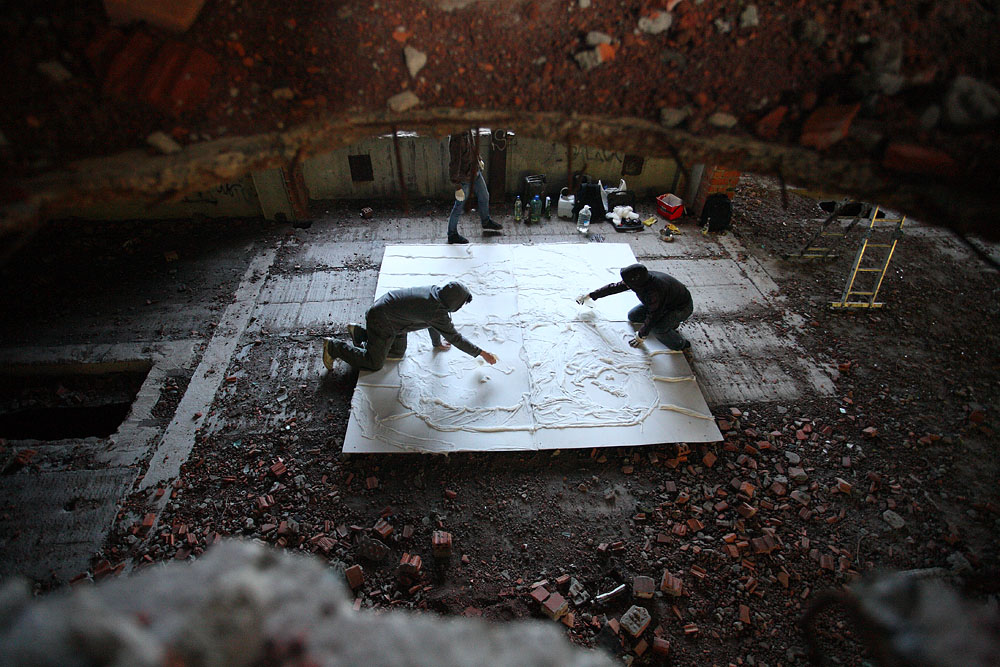Urban renewal: how a street art collective is livening up Vladivostok

The duo behind Concrete Jungle have brought their colourful vision to the streets and stairwells of Vladivostok with results that have won them fans at home and abroad
While most street artists skulk around in the dark of night, spray can in hand, Feliks Mashkov and Vadim Gerasimenko carry out their work in the light of the day — and they get paid for it. After meeting through a mutual friend seven years ago, the pair started up Concrete Jungle, an art group whose works have bought them recognition beyond the streets of Vladivostok, a city shaped by its close proximity to Asia. What started as a project intended to bring a little creativity and colour to the city in the Russian Far East soon turned into a profitable venture.
What makes their street art so popular is the extent to which it captures the city’s personality. The pair take inspiration from all around, incorporating elements of Vladivostok’s natural environment (whales, the sea), local folklore and Asian culture into their art. Their highly distinctive artwork, which is intended to charm rather than provoke, has won them fans from the city and beyond. In Vladivostok, their work can be seen on the sides and interiors of any number of buildings from cafes to nurseries, and local authorities parade their murals in front of ministers visiting from Moscow. Outside of the city, an ever-growing roster of clients has resulted in commissions and residencies as far afield as the US.
“Draw me a Banksy or this picture from the internet. We always refuse to do things like that. Even at a fancy price”
In 2012, Mashkov and Gerasimenko were chosen for a public art residency by New York’s CEC ArtsLink, an organisation that promotes cultural exchange. While there, they took over a building in Brooklyn’s Bushwick neighbourhood and painted a mural of a lush birch tree forest inhabited by bears. “We chose bears not because Russia is associated with bears,” says Mashkov, “but because 80% of the bear population lives in our region.” “It’s more pleasant to work abroad as you feel useful,” adds Gerasimenko. The duo have a strong preference for clients who give them full creative control and turn down banal commissions without hesitation. “Draw me a Banksy or this picture from the internet,” says Gerasimenko. “We always refuse to do things like that. Even at a fancy price.”
Despite their success with street art Mashkov and Gerasimenko are trying their hand at other art forms, in particular those that have a longer shelf life in Russia’s harsh climate. Their respective backgrounds in architecture and art have helped with their latest project: an interactive wooden installation that creates a light projection of a person as they approach it. “Give it a year and a wall turns to ruins and the quality of your work depends on the quality of the wall,” says Mashkov. “But wood will change and mature over time. It’s more interesting sometimes to work with wood than grafitti.”


